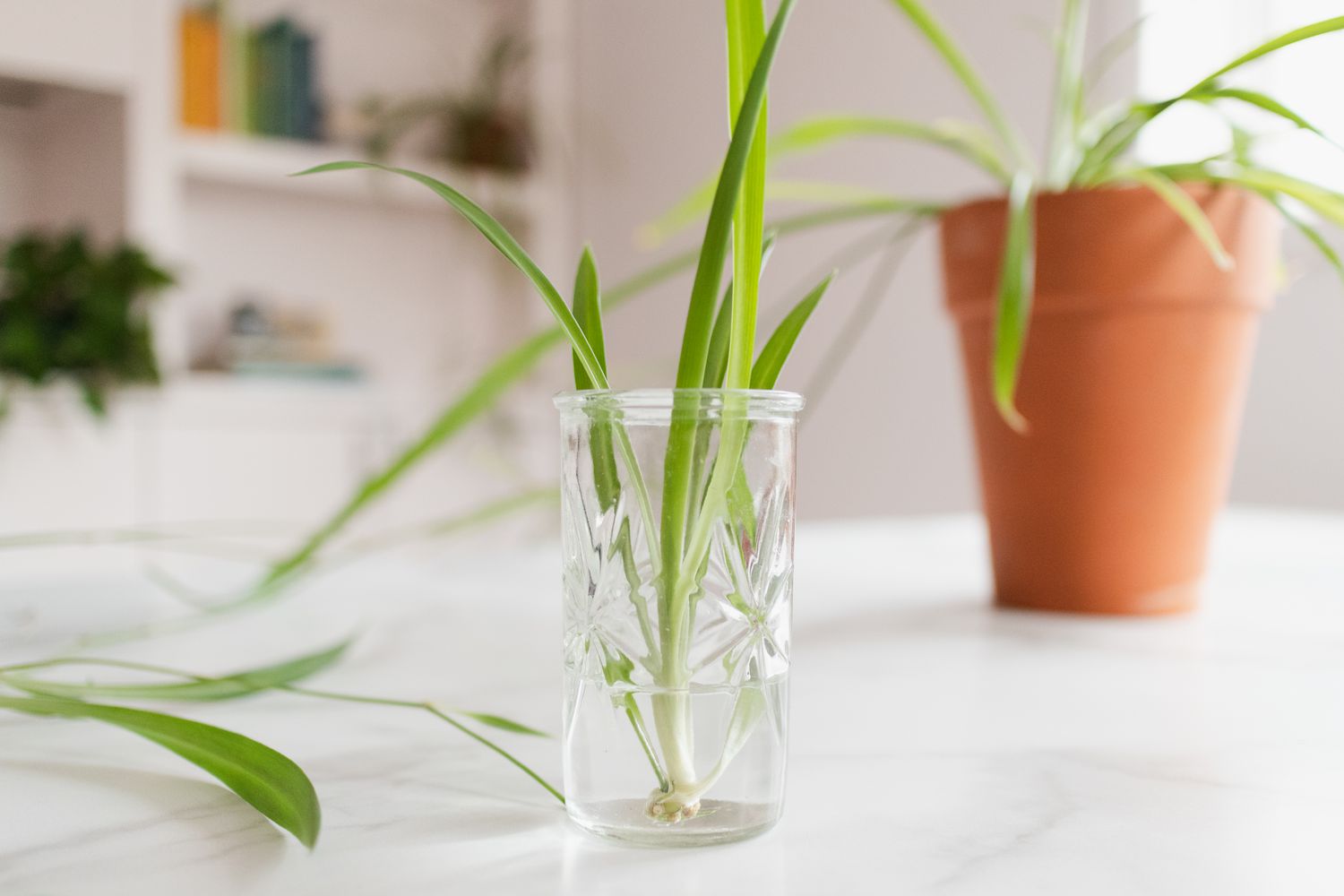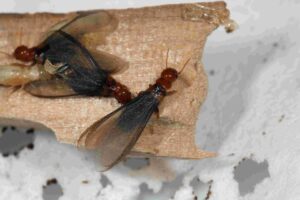
I. Introduction
Spider plants, known for their graceful arching foliage adorned with slender, spider-like leaves, have long been cherished as popular houseplants. As gardening trends continue to evolve, water propagation has emerged as a convenient and visually appealing alternative to traditional soil-based cultivation methods. In this article, we delve into the possibility of growing spider plants in water, exploring their suitability for water propagation and the benefits and considerations associated with this method.
II. Understanding Spider Plants
A. Botanical characteristics and growth habits
Spider plants, scientifically known as Chlorophytum comosum, are characterized by their long, narrow leaves and cascading growth habit. They reproduce prolifically through the production of offshoots, or “spiderettes,” which can be rooted to propagate new plants. Native to tropical and subtropical regions, spider plants thrive in moderate to bright indirect light and well-draining soil.
B. Traditional soil-based cultivation methods
Traditionally, spider plants have been grown in soil-based mediums, such as potting mix or peat-based soil. These mediums provide essential nutrients and support for root development, ensuring the health and vitality of the plants. Spider plants are typically potted in containers with drainage holes to prevent waterlogging and promote healthy root growth.
III. Exploring Water Propagation
A. Concept and methodology of water propagation
Water propagation involves rooting plant cuttings in water instead of soil, allowing them to develop a robust root system before transitioning to soil. This method is simple and requires minimal supplies, making it an attractive option for beginner gardeners. Plant cuttings are placed in a vessel filled with water, with regular changes to maintain water quality and prevent stagnation.
B. Suitability of spider plants for water propagation
Spider plants are well-suited for water propagation due to their ability to develop roots in water and adapt to various growing conditions. However, success rates may vary depending on factors such as temperature, humidity, and the health of the plant cuttings. Providing optimal growing conditions and monitoring root development are essential for successful water propagation of spider plants.
IV. Benefits and Considerations of Growing Spider Plants in Water
A. Benefits of water propagation
Growing spider plants in water offers several advantages, including enhanced visibility of root development, simplified care routines, and the aesthetic appeal of water vessels. Watching the roots grow and develop can be a rewarding experience for gardeners, providing insights into the plant’s health and vitality.
B. Considerations for long-term growth
While water propagation can be an effective method for rooting spider plant cuttings, there are considerations for long-term growth to keep in mind. Monitoring water quality and pH levels is crucial to prevent root rot and nutrient deficiencies. Additionally, maintaining root health and promoting nutrient uptake are essential for ensuring the long-term health and vitality of spider plants grown in water.
V. Conclusion
In conclusion, while spider plants have traditionally been grown in soil-based mediums, they can also thrive when propagated in water. Water propagation offers a simple and visually appealing alternative to traditional cultivation methods, allowing gardeners to enjoy the beauty of spider plants while observing root development. By understanding the benefits and considerations associated with growing spider plants in water, gardeners can explore new possibilities and expand their gardening repertoire. With proper care and attention, spider plants can flourish whether grown in soil or water, adding beauty and greenery to any indoor space.


